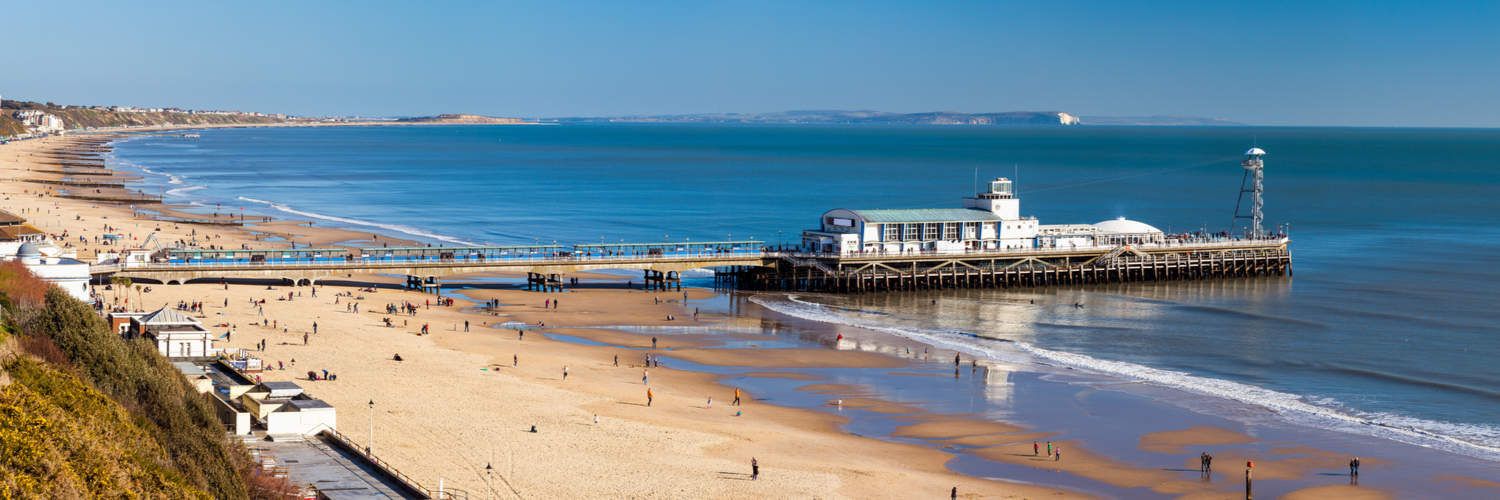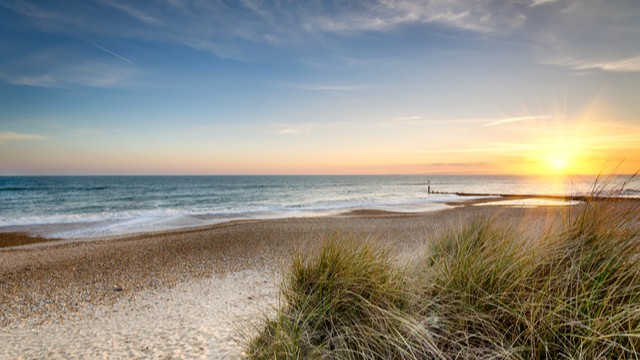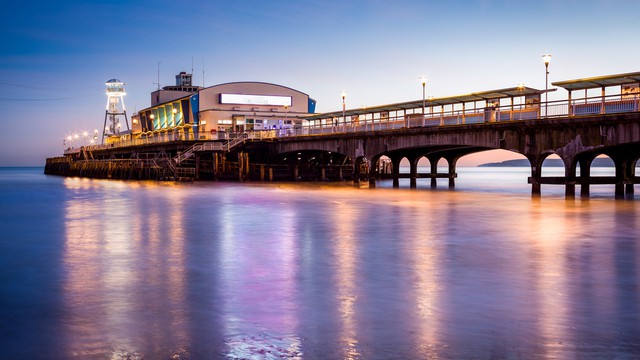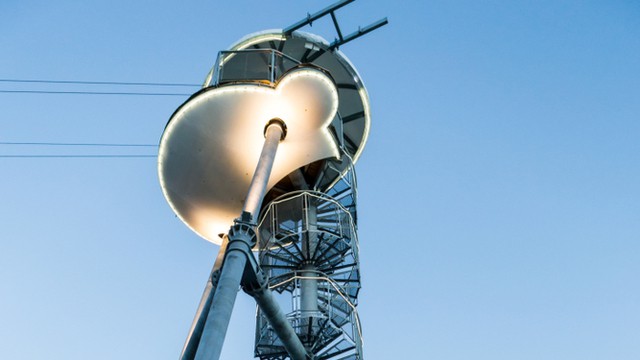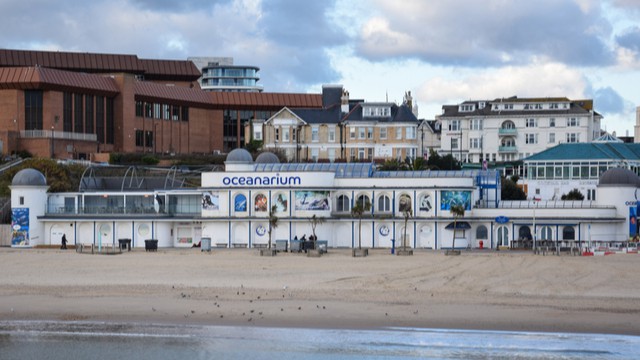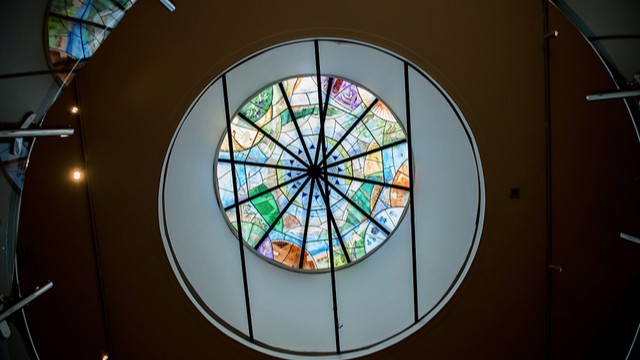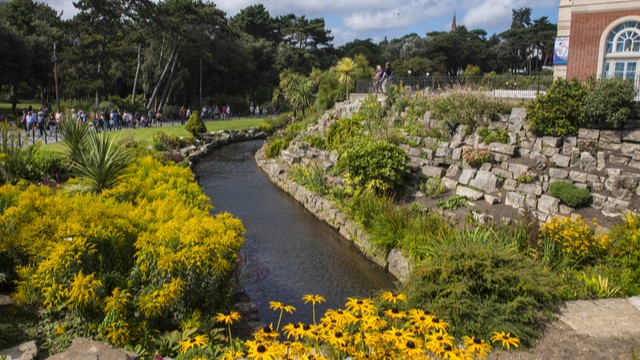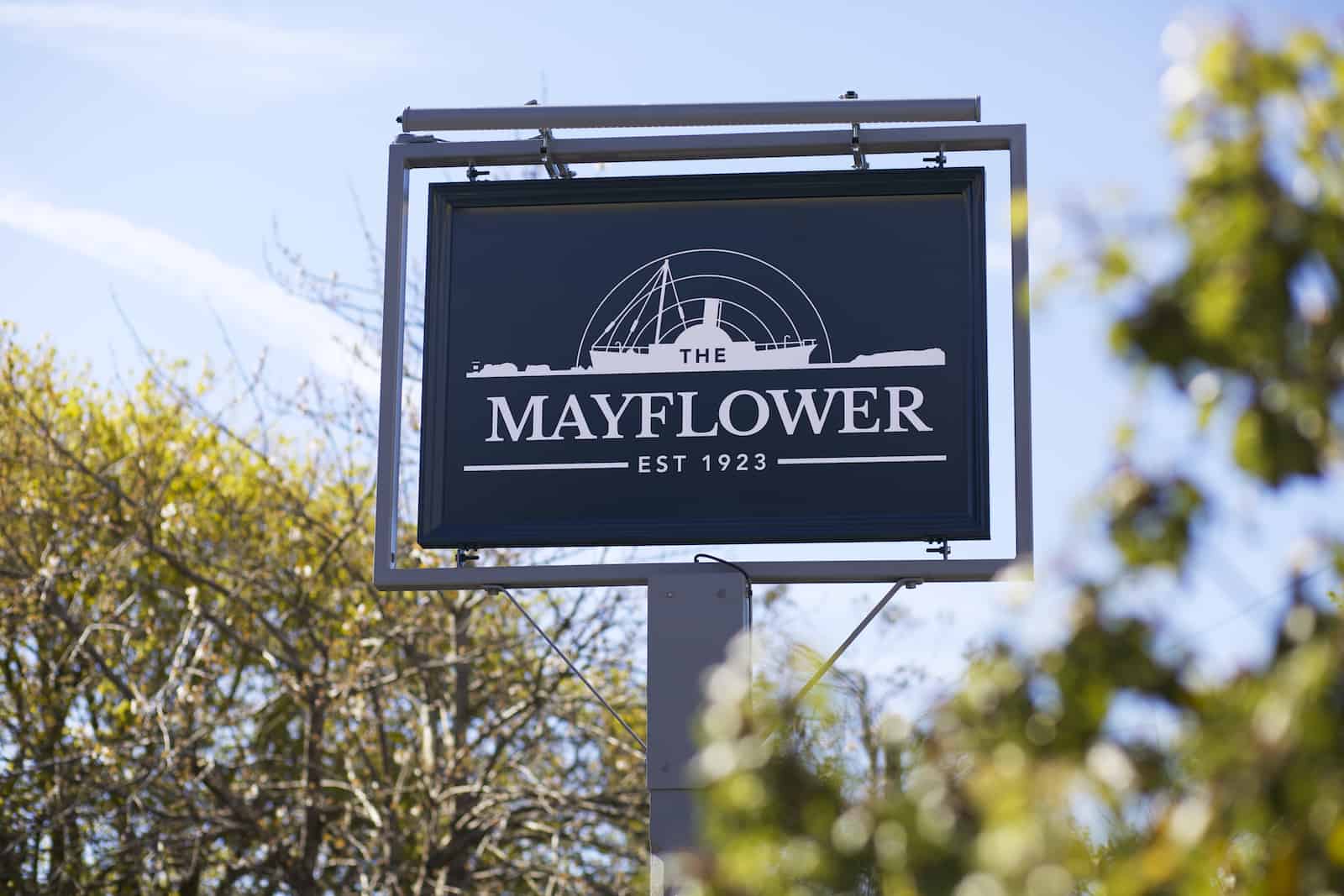Directions To The Mayflower Inn From Bournemouth
The Mayflower is a traditional pub with beautiful bedrooms, located in the picturesque harbour town of Lymington in the New Forest.
To reach The Mayflower from the NCP Car Park on Terrace Road in Bournemouth, you must head east on Terrace Road towards Orchard Street and then continue onto Exeter Road. At BIC Roundabout/Bournemouth International Centre Roundabout, take the 1st exit onto Exeter Road (B3066). Go through 1 roundabout.
At St Peters Roundabout, take the 3rd exit onto Gervis Road and go through 1 roundabout. At St Swithun’s Roundabout, take the 2nd exit onto St Swithun’s Road South (A35) and then, at Station Roundabout, take the 2nd exit onto St Pauls Road (A35).
At the roundabout, take the 2nd exit onto Wessex Way (A338) and continue for approximately 4 miles. Take the exit towards Christchurch/Bournemouth International Airport, keep left at the fork and merge onto Christchurch Road (B3073). At Fountain Roundabout, take the 2nd exit onto Christchurch Bypass (A35) and then, at Purewell Cross Roundabout, take the 2nd exit and stay on Christchurch Bypass (A35).
At Somerford Roundabout, take the 2nd exit onto Highcliffe Road (A337) and then, at Hoburne Roundabout, take the 2nd exit and stay on Highcliffe Road (A337). Continue for 2 miles.
At Milestone Roundabout, take the 2nd exit onto Lymington Road (A337) and continue for 7 miles. At the next roundabout, take the 3rd exit onto Ridgeway Lane and then turn left onto Rookes Lane. At the roundabout, take the 3rd exit onto All Saints Road and continue for half a mile before continuing onto Stanley Road.
Turn left onto King’s Saltern Road and The Mayflower will be on your right.



